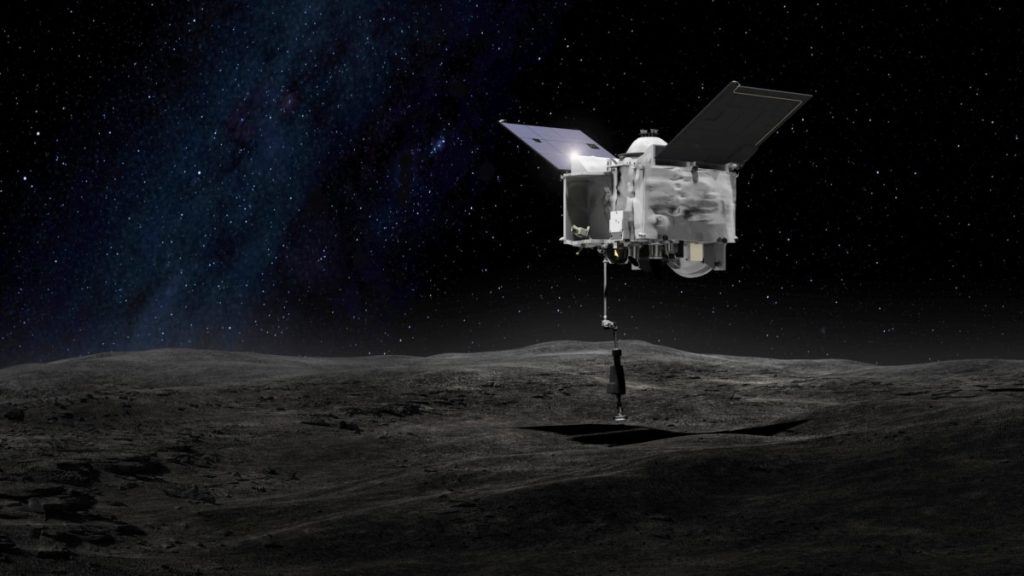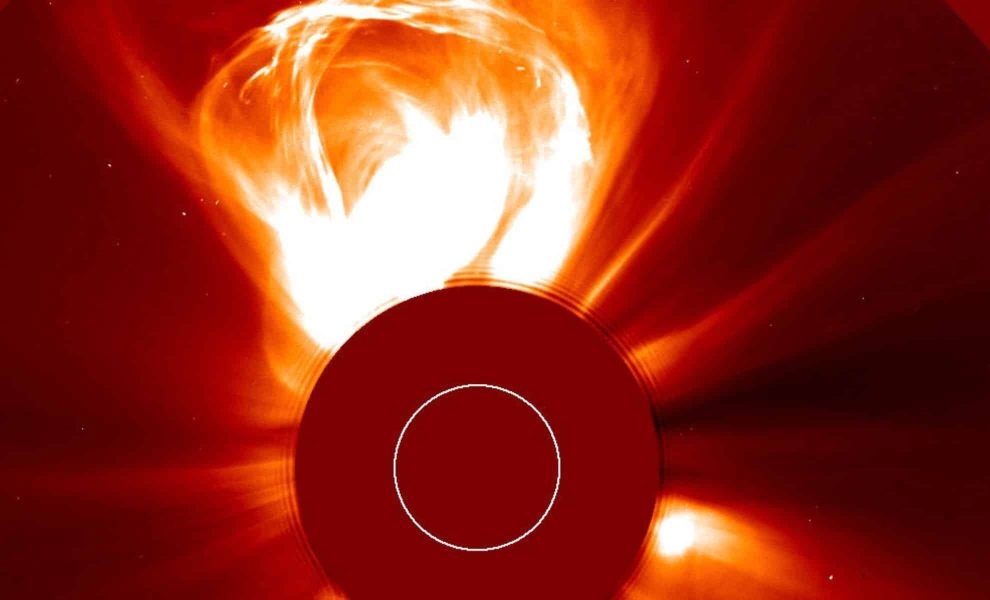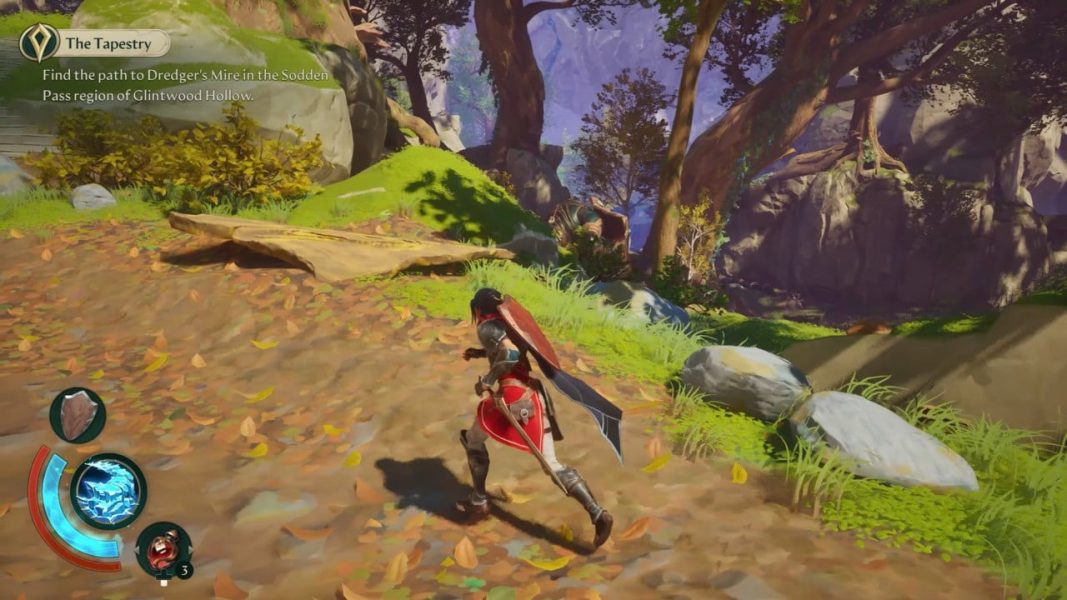Researchers: NASA Asteroid Samples Contain ‘Building Blocks’ of Life – VOA Learning English

See comments
No media source currently availableScientists examining material collected from an asteroid say it appears to contain some of the chemical building blocks of life.The American spacecraft OSIRIS-REx collected the samples in 2020 from the asteroid Bennu. In 2023, the spacecraft sent the rock and dust material back to Earth in a special container that landed by parachute. Scientists from the American space agency NASA recovered the samples in the western state of Utah.OSIRIS-REx is already on its way to another asteroid called Apophis. It is expected to reach that asteroid in 2029.On Bennu, the spacecraft collected a total of 122 grams of material. This is believed to be the largest sample collected from beyond the moon. NASA has shared some of the material with international researchers.Two research groups released studies last week describing results of their examinations of the asteroid material.One study, published in Nature Astronomy, suggested the samples contained a mixture of organic compounds. Organic compounds have one or more carbon atoms that attach to other elements, usually hydrogen, oxygen, nitrogen and sulfur. All life on Earth is based on carbon and is built from organic compounds.The other study, published in Nature, provides evidence that a much larger object, which Bennu is believed to have broken off from, once held salty, liquid water.The researchers said this suggests that in the early solar system, asteroids such as Bennu might have transported water and life-supporting chemicals to other planets and moons.Researchers from both groups noted it was important that the samples they worked with came directly from the asteroid itself. Asteroid pieces that fall to Earth turn into meteorites, and chemicals inside the samples can be changed or lost.In a statement, NASA said the findings do not provide direct evidence of life itself. However, the space agency said, “They do suggest the conditions necessary for the emergence of life were widespread across the early solar system.” This increases the chances that “life could have formed on other planets and moons,” the statement added.The parent of Bennu is believed to be an icy body measuring about 100 kilometers across. Scientists believe the body formed in the outer solar system and was later destroyed, possibly 1 to 2 billion years ago. The pieces that broke off likely formed Bennu and other asteroids observed to be masses of loose material, rather than solid objects.Nicky Fox is the associate administrator for NASA’s Science Mission Directorate in Washington D.C. She praised the OSIRIS-REx mission, saying it was “already rewriting the textbook on what we understand about the beginnings of our solar system.”Fox added that she hopes the samples can help scientists understand “what ingredients in our solar system existed before life started on Earth.”Tim McCoy is a researcher at the U.S. Smithsonian Institution and was a lead writer of the Nature study. He told the Associated Press (AP) that the samples may provide details about “the kind of environment that could have been essential to the steps that lead from elements to life.”He noted that combining the ingredients of life with an environment of sodium-rich water is “really the pathway to life.” He added the samples suggest the processes involving the chemical compounds “probably occurred much earlier and were much more widespread than we had thought before.”Yasuhito Sekine is with the Institute of Science in Tokyo. He did not take part in the new research. Sekine confirmed the findings were only made possible by examining samples “collected directly from the asteroid, then carefully preserved back on Earth.”Jason Dworkin is a project scientist for the OSIRIS-REx mission at NASA’s Goddard Space Flight Center in Maryland. He told Reuters news agency that all biology is made up of organic compounds. And some of those may have survived 4.5 billion years.Dworkin said the materials from OSIRIS-REx provide new details about a solar system that might have had the right elements to support life. But he added that one of the most interesting questions, still remains: “Why we, so far, only see life on Earth and not elsewhere.”I’m Bryan Lynn.Bryan Lynn wrote this story for VOA Learning English, based on reports from The Associated Press, Reuters, Agence France-Presse and NASA._____________________________________________________asteroid – n. an object made of rock and metal that orbit the sun, but are smaller than planetssample – n. a small amount of something that gives you information about the thing it was taken fromorganic – adj. from a living organismemerge – v. to appear from somewhereloose – adj. not firmly attachedingredient – n. the different parts that make up somethingpreserve – v. to keep something the same or prevent it from becoming damaged






